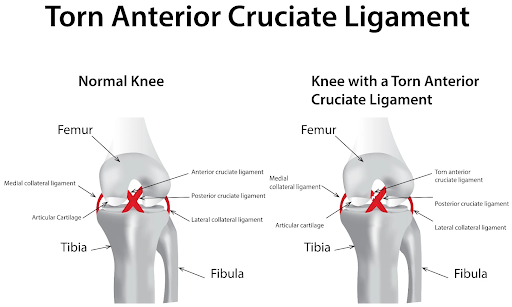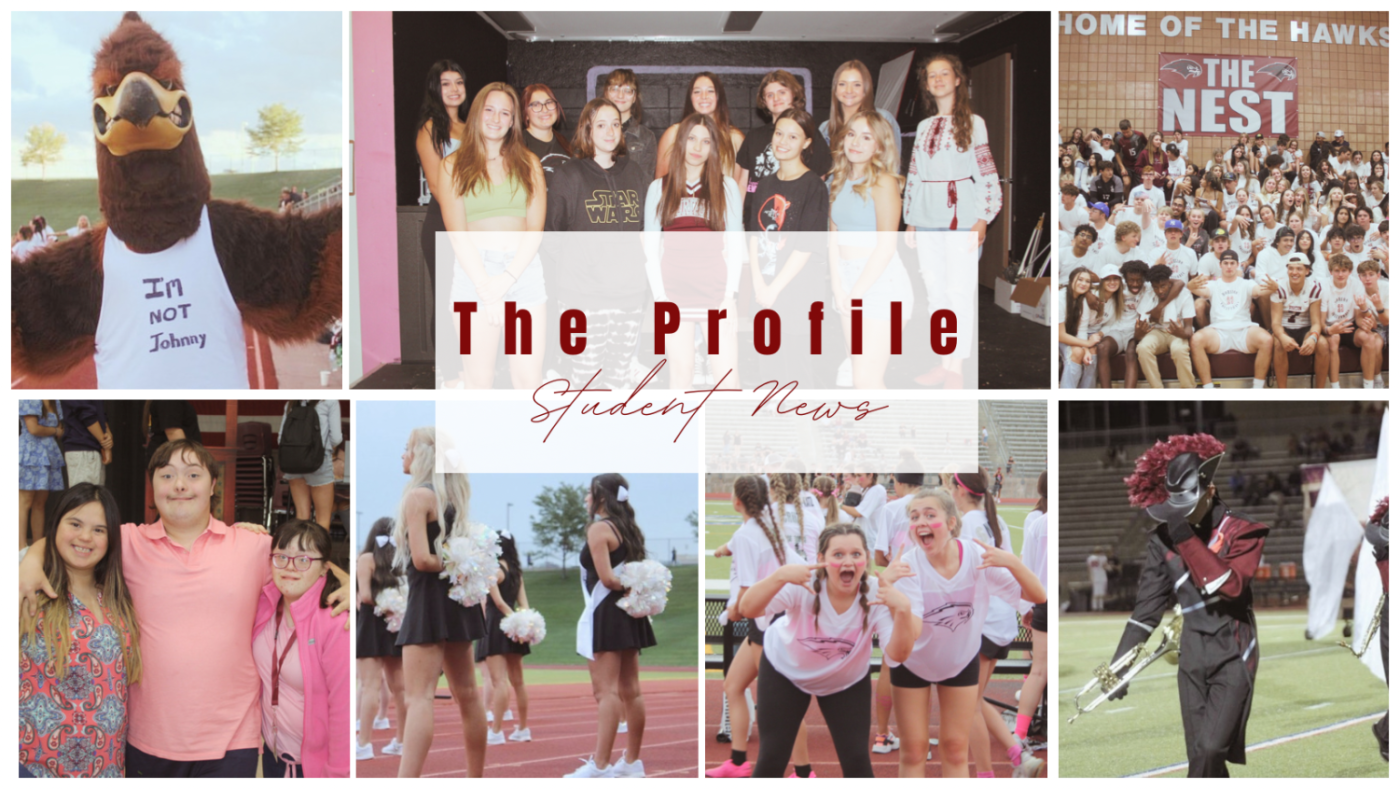ACL Injuries

May 4, 2023
If you are an athlete then I am sure you have heard the stigma around ACL’s. It is a feared injury to get as an athlete due to the intense surgery and the long recovery time that can put an athlete out of their sport for quite some time. ACL is short for Anterior Cruciate Ligament that can be found in the knee. It is an extremely important ligament as it is responsible for stabilizing the knee, preventing excessive forward movements of the tibia, or limiting rotational knee movements. The ACL is the ligament that connects the thigh bone, to the shinbone, and to the knee. This is a very common injury that occurs in a variety of different sports. There are 4 main ligaments that function in the knee. These are the medial collateral ligament (MCL), the lateral collateral ligament (LCL), the anterior cruciate ligament (ACL), and the posterior cruciate ligament (PCL). All of these ligaments can be extremely fragile in the body and can all be seen as main injuries in all different sports. Let’s focus on the tolling injury which is the ACL tear.
How can you get it?
An injury to this ligament is characterized by the overstretching or tearing of the ACL, which can be either a partial or complete tear. Overextending the joint that is your knee is one of the most common ways that you can tear your ACL. You can also injure the ACL by quickly changing direction while running, or even by landing the wrong way after jumping. The injury that causes an ACL injury can also tear other ligaments or cartilage that is in your knee because those four ligaments all work together in unison. You can get an ACL injury by getting hit hard on the side of your knee, or suddenly stopping. As you can see a torn ACL can be caused by just daily activities, which means that they can affect any individual in a sport or not, however, they are way more common in those who do participate in a sport.
How to Know
An ACL comes with very simple and easily diagnosable symptoms. After contact or injury has occurred, if you tear your ACL you can experience symptoms such as…
- Swelling of the knee
- A popping sound while contact occurred
- Severe knee pain causing inability to continue activity
- Loss of range of motion
- A feeling of “giving way” or a feeling of instability while continuing on with daily tasks
If you are witnessing any of these symptoms right after contact or right after the injury has occurred then you could have very well torn your ACL.
Recovery
ACL tears result in surgery having to be done to reconstruct the ligament torn in your knee. There are however surgical and non-surgical procedures that you can get that can help heal and treat an ACL tear. The recovery for an ACL injury is normally anywhere from six to nine months. Patients can be put on crutches and have an ACL brace in order to help heal that ligament. This healing process can be a struggle as it is a very important part of your knee and the way your knee works and moves is dependent on the ACL ligament. The most important thing for this ligament to recover is rest, just like many other injuries. Compression and elevation are also two important things that can help heal an ACL tear.
An ACL tear is a very serious and hard injury for an athlete to undergo, as it can result in surgery as well as a long recovery process. PT is also there in order to help athletes and everyday individuals to be able to return to either their sport or their normal lives as fast as possible.


